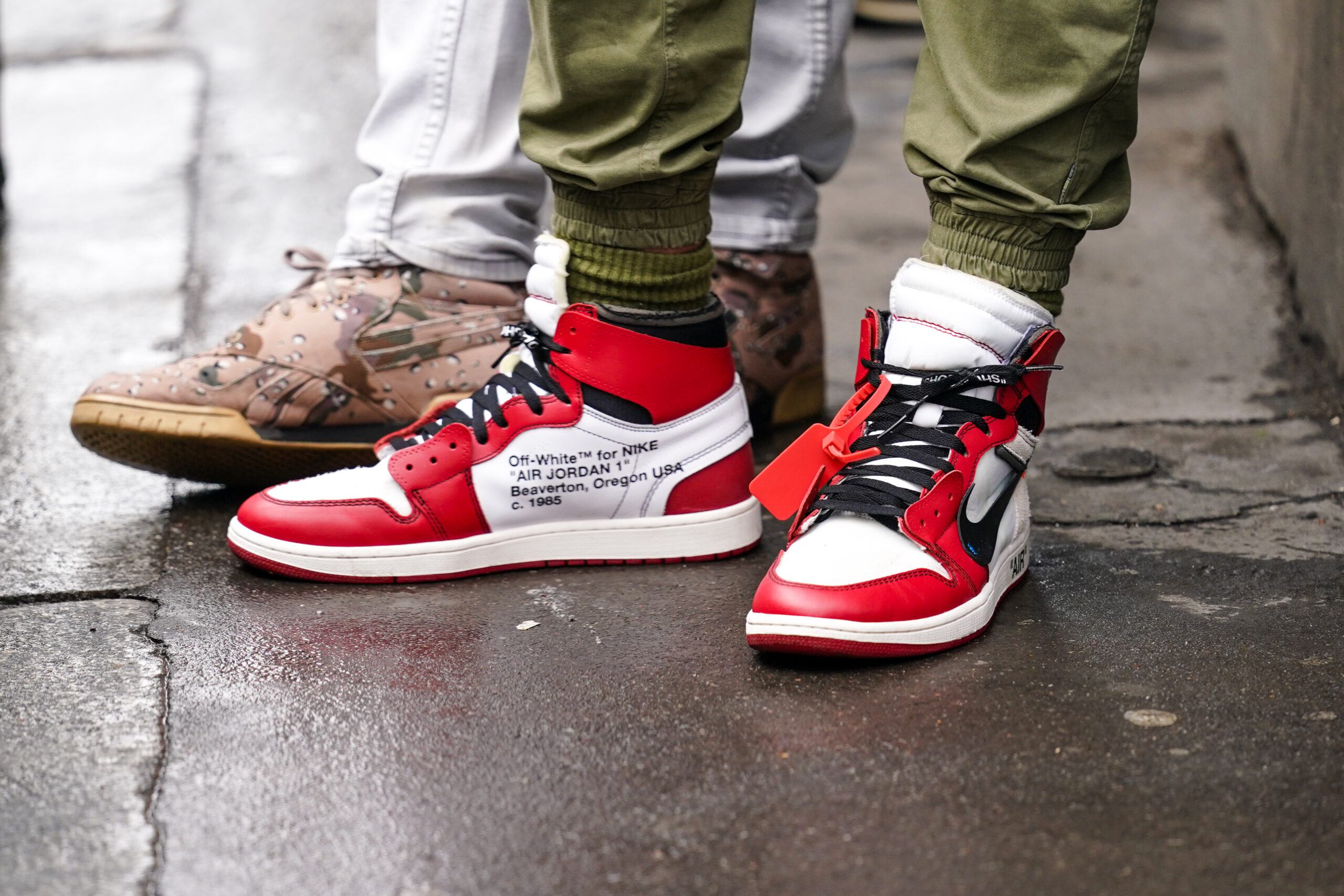
It’s impossible to deny the lasting impact of Michael Jordan’s legacy on popular culture. From kids to teenagers to adults, the iconic Jordan Brand sneakers and apparel are a staple in streetwear. The brand’s popularity has remained constant for nearly 40 years, a feat that is difficult for any fashion brand to achieve, especially in today’s market, where consumers spend less on clothing and technology.
But what makes the Jordan Brand stand out and continue to grow, even in the face of these trends? To understand the brand’s success and where it’s headed, here are some cool facts about the Jordan Brand and its history with Nike.
- Former CEO of Nike, Mike Parker, promised in 2016 to turn the Jordan Brand into a $4.5 billion brand by 2022. His prediction came proper a year earlier than expected when sales of the Jordan brand skyrocketed 31% to a total of $4.7 billion in just one year.
- The Jordan Brand has identified two significant growth opportunities: its women’s business and apparel. The women’s company saw a staggering 170% increase in sales last year. The brand’s president, Craig Williams, stated, “Women have been underserved in sneaker culture, and we believe we have a unique opportunity to put her first, to design products uniquely for her, to tell stories that are interesting to her, to build partnerships that make sense for her and the way she views her place within this culture. Women represent one of the biggest growth opportunities out there.” The apparel category also saw a 50% growth since the fiscal year 2020.
- The Jordan Brand, named after the iconic basketball player Michael Jordan, has the potential to branch out from its basketball roots. The brand also sees success in other sports, such as golf. The brand’s president, Craig Williams, stated, “Basketball will always be the center court for us, but the ideals of the brand and aspirations have moved beyond basketball into adjacent sports. And obviously, it’s very relevant in culture. We live in a world of sport; you’ve seen us on the football field and on the pitch in Europe. But we’re also relevant in every facet of a consumer’s life right now.”
- In recent years, Nike has been focusing on expanding its direct-to-consumer business. In line with this strategy, The Jordan Brand is experimenting with standalone stores to “address gaps in distribution to serve the growth opportunities we see in Jordan,” according to Williams. He added, “We will begin testing a Jordan-only concept in North America in the fiscal year 2023, leveraging a popular consumer experience that has been wildly successful in Greater China, the Philippines, and Korea. Our approach is to pilot these concepts, iterate and perfect, and then move to scale.”
- In 1984, Nike was determined to sign Michael Jordan to a deal and keep him from signing with Adidas, a dominant footwear industry at the time. They offered him a groundbreaking deal that included a line of shoes and merchandise to entice him. The agreement also included $500,000 a year for five years. While Nike had hoped to generate $3 million from the deal, it exceeded expectations and brought in $126 million in the first year alone.
- The Air Jordan 1s are a beloved classic among fans; however, according to Williams, “the AJ11′ Cool Grey’ launch on Snkrs was the largest for a single style in the history of Nike Direct.” He attributes this success to engaging with consumers in new and innovative ways, such as using Snapchat’s “Try On” lens, an Instagram activation with the hashtag “#InMyJs,” and a partnership with Fortnite that included custom skins and a digital scavenger hunt.
- In the previous year, the Jordan Brand was the top-performing brand on the reselling platform StockX. Jesse Einhorn, Senior Economist at StockX, explains, “The popularity of Air Jordans can largely be tied to the exclusivity level. Every Jordan release is a limited edition, meaning there is never enough to satisfy the market demand.” Jordans typically sell for 54% more than the average retail price.
- While the market for performance basketball shoes peaked in 2015 and has since been in decline, the lifestyle category of shoes, which the Jordan brand dominates with 96% market share, continues to be in high demand.

